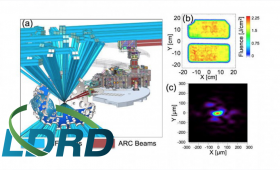Advanced Radiographic Capability (ARC) short-pulse laser have produced protons with energies about 10 times higher than previous experience would have predicted.
Science and Technology
in the News
Science and Technology
in the News
News Center
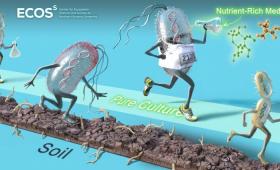
Researchers study relationships between microbial genes and performance in the field.
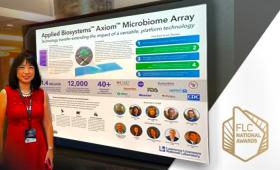
Lawrence Livermore Microbial Detection Array and the Applied Biosystems’™ Axiom™ Microbiome Array won a Federal Laboratory Consortium (FLC) award for excellence in technology transfer.
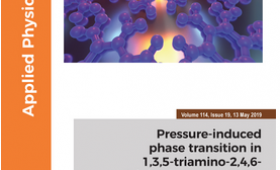
Here, we present the first high-pressure single-crystal X-ray diffraction (SXD) study of TATB.
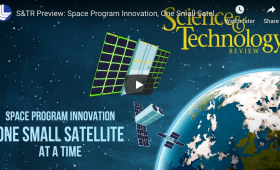
Small satellites that are easier and less expensive to build and more cost efficient to launch than conventional ones.
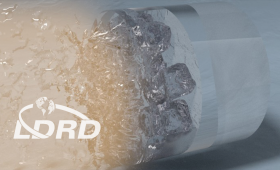
Livermore scientists used giant lasers to flash-freeze water into its exotic superionic phase and record X-ray diffraction patterns to identify its atomic structure for the very first time

Greenhouse gas emissions in the first half of the century significantly affected temperature and rainfall and caused large hydrological shifts over land.
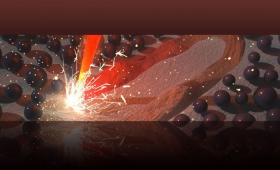
Researchers have discovered a solution to a major type of defect in metal 3D-printed parts.
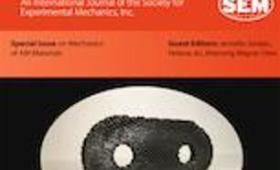
This effort describes experiments for the validation of the response of an additively manufactured stiffness-optimized short-fiber reinforced composite.
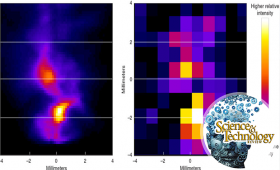
The Wolter x-ray microscope, the optic significantly improves image resolution and throughput compared to conventional x-ray imaging systems.


